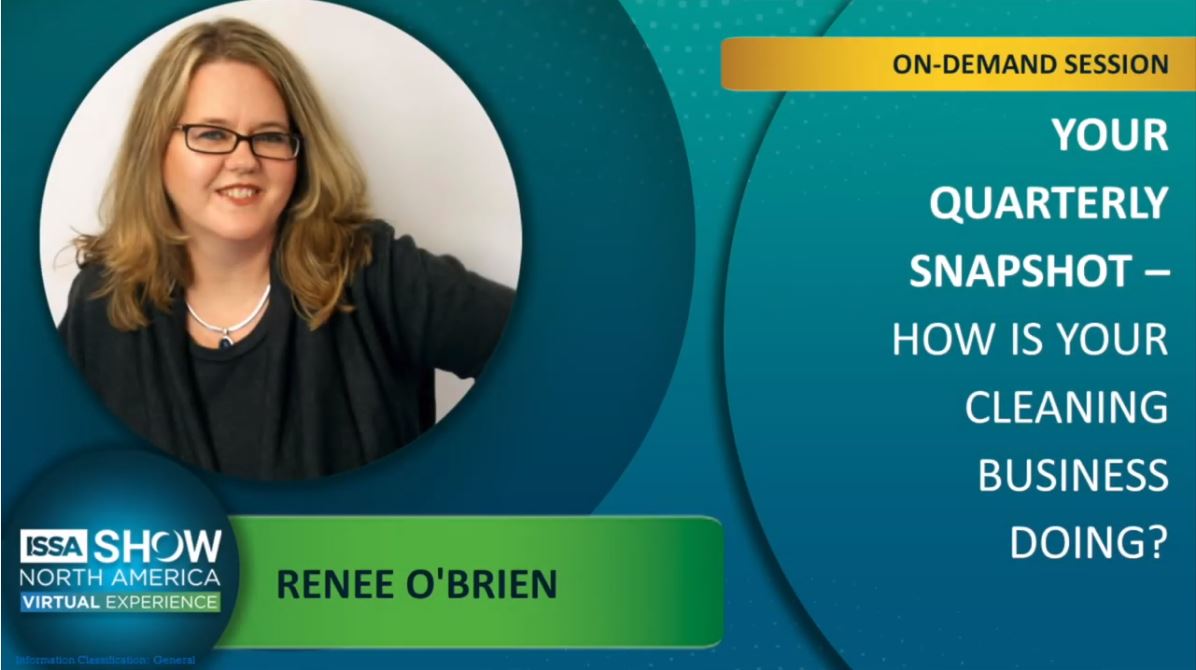When measurements of the past become goals for the future, your business can’t move forward.
At CBT, we’re really proud of our KPI series, created by publisher Tom Stewart. Tom’s an engineer by training and certification, so numbers are in his blood. He knows at a glance if the measurements he’s looking at are bad, good, or even great. More importantly, he knows what these numbers are telling him to do, even if it’s “nothing right now.”
That last part is the most important part of tracking your numbers – knowing what to do with the results and then actually doing it. That assumes you’ve established some goals to work toward, a measure of improving even the already good numbers. Bernard Marr cautions, though, that when you link your KPIs to your goal too strongly, you turn the KPI into the target, a kind of self-fulfilling prophecy.
Tom hedges against this by examining probabilities, establishing a worst, most likely, and best case scenario, given the current status of things. CBT publisher Derek Christian sets up a 2-part goal. The first part is the base goal, similar to the “most likely” case; this is often a “safe” goal that doesn’t feel like it’s stretching resources or energies but still achieving some little bit of growth. The second part is a stretch goal, one you’re really going to have to make some sacrifices for, like starting work an hour earlier each day, making more cold calls when you really loath making cold calls, that sort of thing.
The point is that if your KPIs have become your targets, you’re never going to move past them into real growth territory. KPIs measure the past; they can show you trends; they can help you decide what to work on correcting first. But if you want to grow your business, they can’t also be your future goals; that would send you backwards.






